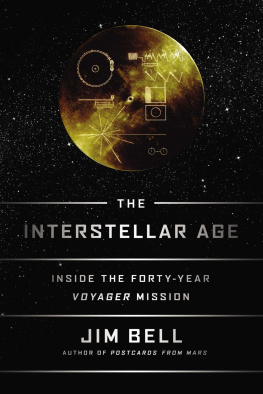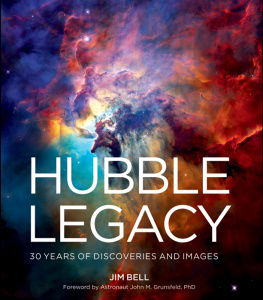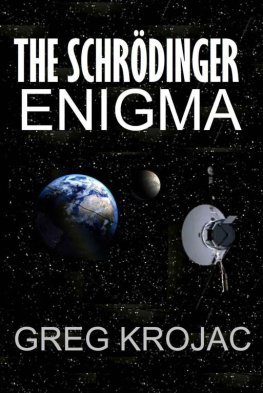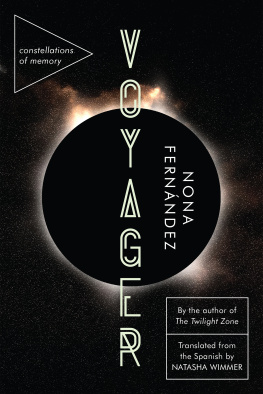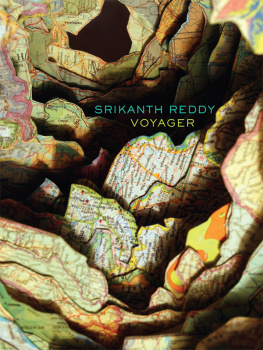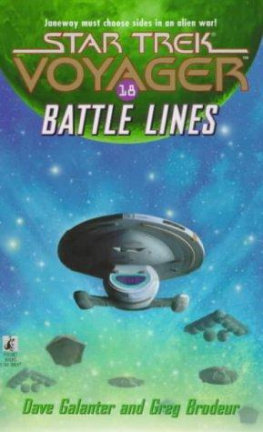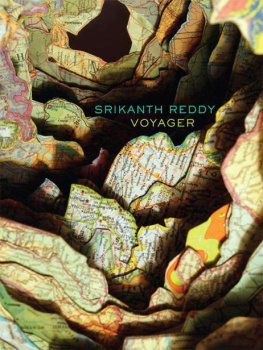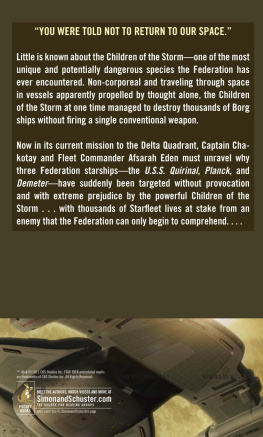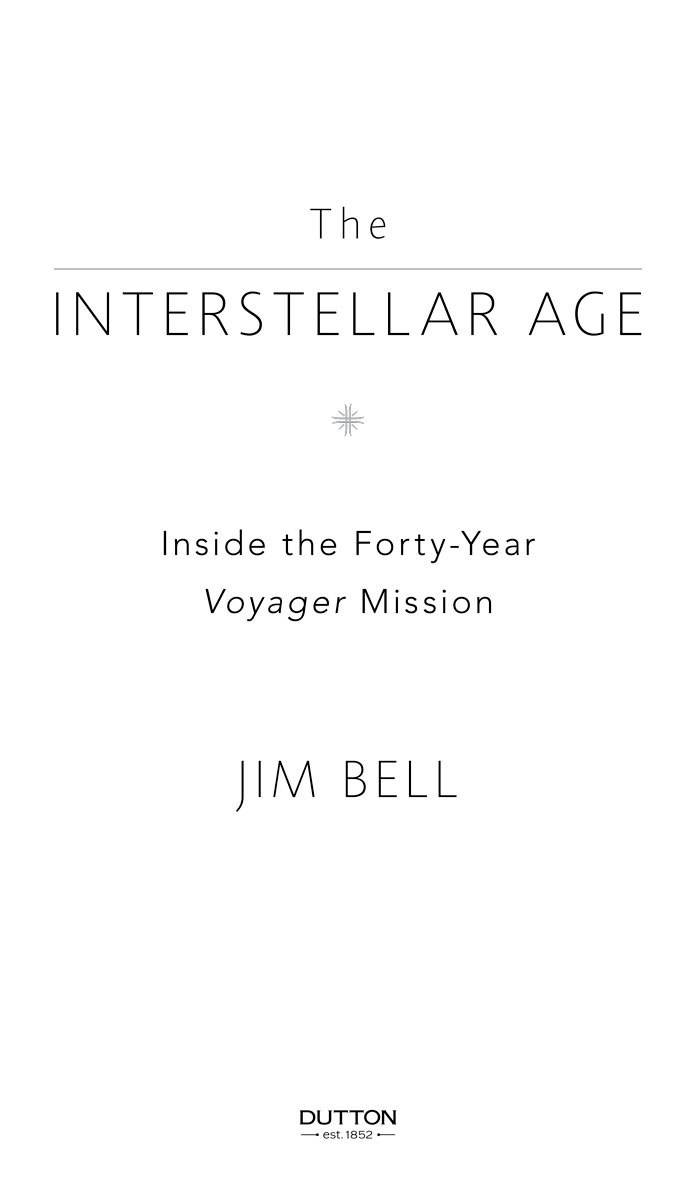Prelude: Outbound
I believe our future depends, powerfully, on how well we understand this Cosmos in which we float like a mote of dust in the morning sky. Were about to begin a journey through the Cosmos... its a story about us... how the Cosmos has shaped our evolution and our culture, and what our fate may be.
Carl Sagan
(Cosmos: A Personal Journey)
P HYSICS TELLS US that all things attract each other gravitationally, from pulsars to planets to petunias, even if those forces are sometimes too small to notice in everyday life. But if you look closely at the trajectories that your life has taken, you may notice the results of similar gravitational effects from the people you have known. Sometimes people around us cause massive swings in direction and speed that can propel us on toward new and undiscovered territory and experiences. Thats what happened with me and the space-exploration mission known as Voyager.
The trajectory of my life has been guided by the slow, gentle, persistent gravitational pull of two elegant robotic spacecraft and the teams of peoplescientists, engineers, mentors, studentswho made their missions of exploration so marvelously compelling. Taking advantage of a rare celestial alignment of the planets, those two robots, Voyager 1 and Voyager 2, gave us all our first detailed, high-resolution, glorious views of the solar system beyond Mars, revealing the giant planets Jupiter, Saturn, Uranus, and Neptune, and their panoply of rings and moons, in all their awesome wondernot just for scientists, but also for poets, musicians, painters, novelists, moviemakers, historians, and even kids.
I happened to have been born at a time that placed me in college and graduate school right when the fruits of that fortuitous celestial alignment were ripening. By a random turn of a corner in a building, while walking back from class, I spotted a flyer from a professor who was looking for student research help. I soon found myself involved in the missions of these extraordinary projections of human technologysomething I had dreamed of since I could barely read. I felt as if I had been cast out into deep space myself, seeing my life, and my world, from a completely new perspective. In one seemingly chance Forrest Gumplike encounter after another, the arc of my life has been shaped by the Voyager missions, and even to this day I find myself drawn to their power to lift the human spirit. Just think of these sophisticated creationsmere machines, yet projections of ourselveslaunched into my hero Carl Sagans shallow depths of the cosmic ocean, representing the integrated abilities, hopes, dreams, and fears of the more than 100 billion people who have lived on planet Earth and who, like me, have wondered, Are we alone? What else is out there? What is our destiny?
These Voyagersand by that I mean the people as well as the machineshave taken us all on a tour of the Greatest Hits of the Solar System, and we have all been privileged passengers carried along for the ride. Along the way, I went from a starry-eyed kid interested in astronomy and planetary science to a student learning the ropes from some of the greatest masters in the field, tonowa practitioner of the art myself, with students of my own. It has been an adventure filled with astounding beauty, discovering new worlds so exotic that their alien landscapes were entirely unanticipated, facing unprecedented challenges, meeting and then saying good-bye to new friends and colleagues....
And now the Voyagers are leaving the protective bubble of our sun and crossing over into the uncharted territory between the stars. Theyand we, through themare now interstellar travelers. Via their technology, their discoveries, and the messages that they are delivering to the galaxy on our behalf, we have all entered the Interstellar Age. This may be the ultimate legacy of the men and women and machines of Voyager. As we learn and grow as a species, as we begin to grasp the fragility of our existence and the fleeting nature of habitable environments in our solar system, we must adapt and move on. In the long runthe very long runwe will have to leave our suns cradle and move out into the stars. The Interstellar Age is the inevitable future of humankind, and the Voyagers are our first baby steps along that path.
I want to share that story with you here and convey, I hope, how special it has been to be witness to what historians of the future will no doubt regard as some of the most incredible voyages of exploration ever attempted.
Part One
ALIGNMENT

1
Voyagers
I GAZED IN wonder at the graceful and swirling azure clouds of Neptune. I had impulsively boarded the spacecraft in 1977, at the age of twelve, seeking a place where the gravity of my world would be but a distant memory. Word of the launch came on the evening news. A Grand Tour of the Solar System! the announcer proclaimed. Two launches would carry our band of travelers destined for Jupiter and Saturn, and if all went well, we would forge on, perhaps past Uranus and Neptuneworlds as yet unexplored. The thought of running away from home to explore some distant land tugged at me, as it did for many preteens. In the world of my small Rhode Island town, even traveling to another area code may as well have been like traveling to Mars. Of course, it could only ever be a dream: traveling faster than any rocket had ever gone, taking two years to Jupiter, three years to Saturn, Uranus by the mid-80s, Neptune by my twenty-fourth birthday...

